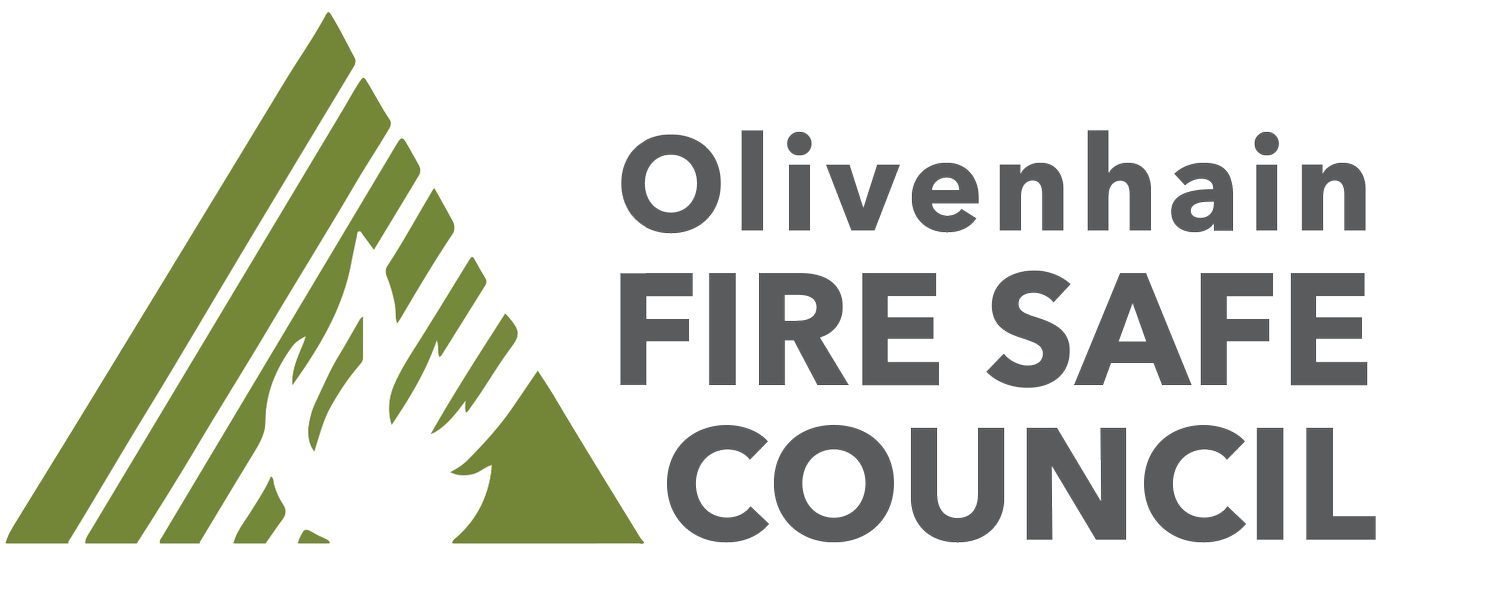Community Wildfire Protection Plan (CWPP)
The Olivenhain Fire Safe Council needs your input!
The OFSC has begun work on a Community Wildfire Protection Plan (CWPP), and we need your help to ensure we capture an accurate picture of community concerns and priorities. The CWPP is one of our principal charges as a fire safe council and is a top priority, as it will guide our activities moving forward and help us qualify for grants to benefit the entire community.
The CWPP template has six main sections (see below), and we don’t need to respond to all, but we’d like to address as many as possible.
Our deadline for submitting the CWPP draft is extremely tight, so if you have ideas and comments to provide, please don’t delay. We would like all community input in by February 20, so we can finish writing the document by the March 31 deadline.
To respond, please email Sarah Lifton, OFSC president, at communications@olivenhainFSC.org.
Thank you!
Community Engagement and Education. How can we better engage with the community to spread the word about wildfire preparedness and prevention and encourage residents to take action?
Structural Hardening. What needs do you see for property owners to “harden” their homes against wildfire—e.g., installing ember-resistant vents, Class A roofs and double-paned windows; cleaning out gutters and installing leaf guards, installing, replacing termite-damaged wood, etc. What programs would encourage homeowners harden their homes?
Defensible Space. Where do you see a need for property owners to establish and maintain defensible space—e.g., eliminating combustible materials 0 to 5 feet from structures, creating and maintaining 30- and 100-foot zones, eliminating ladder fuels to ignite the canopy, eliminating vegetation that is touching roofs or eaves, weed abatement, etc. What resources would you like to see made available to help? Examples might be a chipping program and dumpster days to collect green waste people have cleared from their property, training in the use of chainsaws, information about grazing, etc.
Fuels Treatment. This addresses wider, community levels of vegetation. Where in Olivenhain are the most compelling needs to reduce the vegetation that could help fuel a wildfire? What is needed? Examples might be roadside thinning, fuel breaks, diseased/dead tree removal and forest health projects.
Evacuation Planning. Note: This does not refer to the Fitch report or the 2019 evacuation plan. What routes would you take if you saw smoke on the horizon but an evacuation warning or order hadn’t yet been issued? We need to determine Primary, Alternate, Contingent and Emergency (PACE) routes, in descending order of preference, and may not ultimately have all four. (The emergency “route” refers to a Temporary Refuge Area—a clearing, field, parking lot, etc. where surrounding vegetation is scarce and you can go if all other evacuation options are unavailable.) We will have to create a map showing these routes.
Other Mitigation and Preparedness Projects. What, if any, projects would you like to see that don’t fall under the previous categories? Examples might be clear, readable signage to direct first responders to your street or property, a dumpster program for household or hazardous waste, etc.
